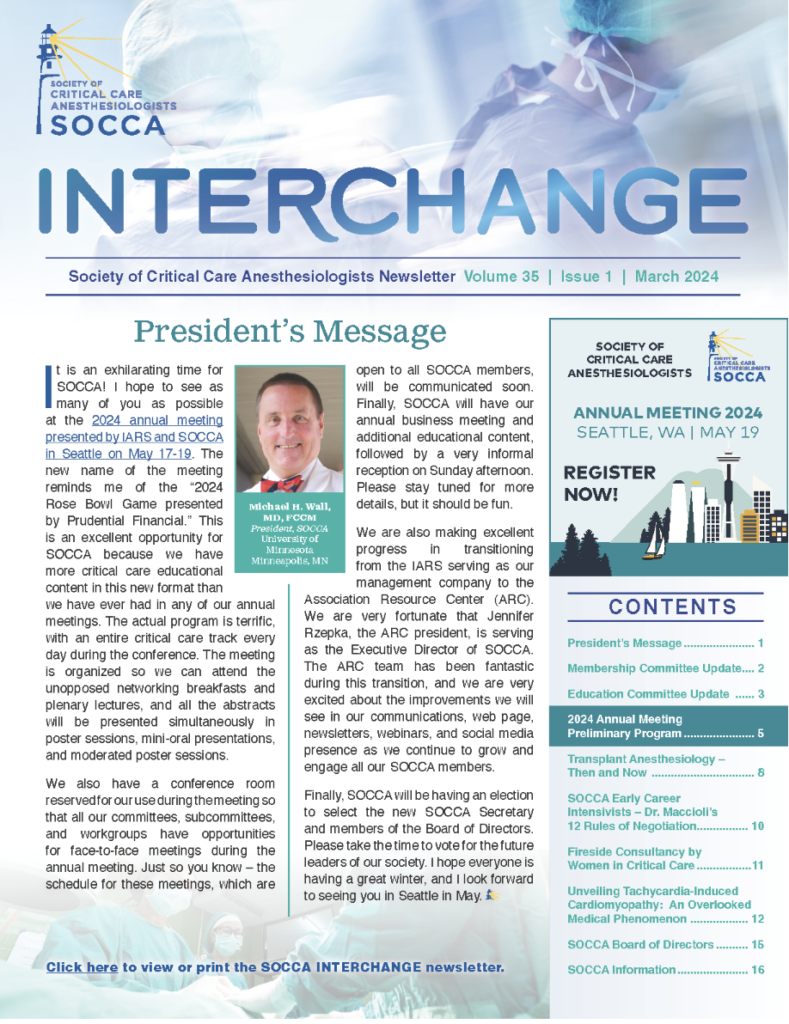Candida Auris: A Growing Menace in the ICU
Worldwide, candidiasis remains the most the important and common fungal infection with crude and attributable mortality rates of 42% and 27%, respectively.1 There has been a recent deluge of drug-resistant Candida auris (C. auris) infections in intensive care units (ICUs) worldwide. In the United States alone, C. auris has led to hundreds of deaths in the past three years largely concentrated in Illinois, New York and New Jersey.2 Other outbreaks have been observed in Germany, Spain, India, and South Africa. First described in 2009, genetic analysis of C. auris has observed low phylogenetic diversity, suggesting a relatively recent emergence, possibly related to the indiscriminate use of antifungal medications.3
C. auris identification is particularly challenging, as it often remains unidentified in routine biochemical identification systems commonly employed in microbiology laboratories. Additionally, multidrug resistance is prominent. Susceptibility data have demonstrated a high resistance to fluconazole and elevated minimum inhibitory concentrations for voriconazole and amphotericin B.4 It has been implicated in a wide variety of invasive fungal infections, but the majority have been critically ill patients undergoing invasive procedures, particularly central venous cannulation and vascular surgery.5 Patients with underlying respiratory illness, the need for total parenteral nutrition, and postoperative drains appear at heightened risk for C. auris infection.6
As with all multidrug resistant infections, prevention should remain the mainstay of management. After identification, the Centers for Disease Control and Prevention (CDC) recommend that patients be managed in single rooms and to minimize staff who care for the patient. C. auris appears to be persistent on touch surfaces (up to 14 days) and has been identified on crash carts, ultrasound equipment, and bedside tables. Furthermore, the CDC suggests reassessment for colonization with C. auris at least every three months. Unit-specific policies have concentrated on bundles to reduce nosocomial transmission and included decolonization with chlorhexidine topical preparations, mouthwashes, and central venous catheter dressings. After identification, the site of infection should be determined to aid in antimicrobial selection. Most initial empiric treatment should begin with the administration of echinocandins, with micafungin demonstrating the highest efficacy. Reduced susceptibility has been observed with voriconazole and other triazole antifungal agents. In conclusion, emerging fungal infections remain a challenge in both diagnosis and management in the ICU, and a high level of suspicion is required to reduce the high mortality associated with C. auris infection.
References
- Chowdhary A, Voss A, Meis JF. Multidrug-resistant Candida auris: 'new kid on the block' in hospital-associated infections? J. Hosp. Infect. 2016;94(3):209-212.
- Chowdhary A, Sharma C, Meis JF. Candida auris: A rapidly emerging cause of hospital-acquired multidrug-resistant fungal infections globally. PLoS Pathog. 2017;13(5):e1006290.
- Sharma C, Kumar N, Pandey R, Meis JF, Chowdhary A. Whole genome sequencing of emerging multidrug resistant Candida auris isolates in India demonstrates low genetic variation. New Microbes New Infect. 2016;13:77-82.
- Kathuria S, Singh PK, Sharma C, et al. Multidrug-Resistant Candida auris Misidentified as Candida haemulonii: Characterization by Matrix-Assisted Laser Desorption Ionization-Time of Flight Mass Spectrometry and DNA Sequencing and Its Antifungal Susceptibility Profile Variability by Vitek 2, CLSI Broth Microdilution, and Etest Method. J. Clin. Microbiol. 2015;53(6):1823-1830.
- Jeffery-Smith A, Taori SK, Schelenz S, et al. Candida auris: a Review of the Literature. Clin Microbiol Rev. Vol 312018.
- Rudramurthy SM, Chakrabarti A, Paul RA, et al. Candida auris candidaemia in Indian ICUs: analysis of risk factors. J. Antimicrob. Chemother. 2017;72(6):1794-1801.




































